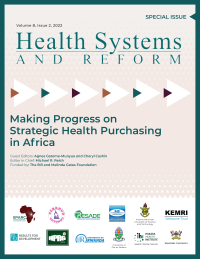Adapting Hospital Work During COVID-19 in Quebec (Canada)
ABSTRACT
Among hospital responses to the COVID19 pandemic worldwide, service reorganization and staff reassignment have been some of the most prominent ways of adapting hospital work to the expected influx of patients. In this article, we examine work reorganization induced by the pandemic by identifying the operational strategies implemented by two hospitals and their staff to contend with the crisis and then analyzing the implications of those strategies. We base our description and analysis on two hospital case studies in Quebec. We used a multiple case study approach, wherein each hospital is considered a unique case. In both cases, work adaptation through staff reassignment was one of the critical measures undertaken to ensure absorption of the influx of patients into the hospitals. Our results showed that this general strategy was designed and applied differently in the two cases. More specifically, the reassignment strategies revealed numerous healthcare resource disparities not only between health territories, but also between different types of facilities within those territories. Comparing the two hospitals’ adaptation strategies showed that past reforms in Quebec determined what these reorganizations could achieve, as well as how they would affect workers and the meaning they gave to their work.
KEYWORDS:
Membres et équipe SHERPA

Lara Gautier
Professeure adjointe, Département de Gestion, d’Évaluation et de Politique de Santé, École de Santé Publique, Université de Montréal

